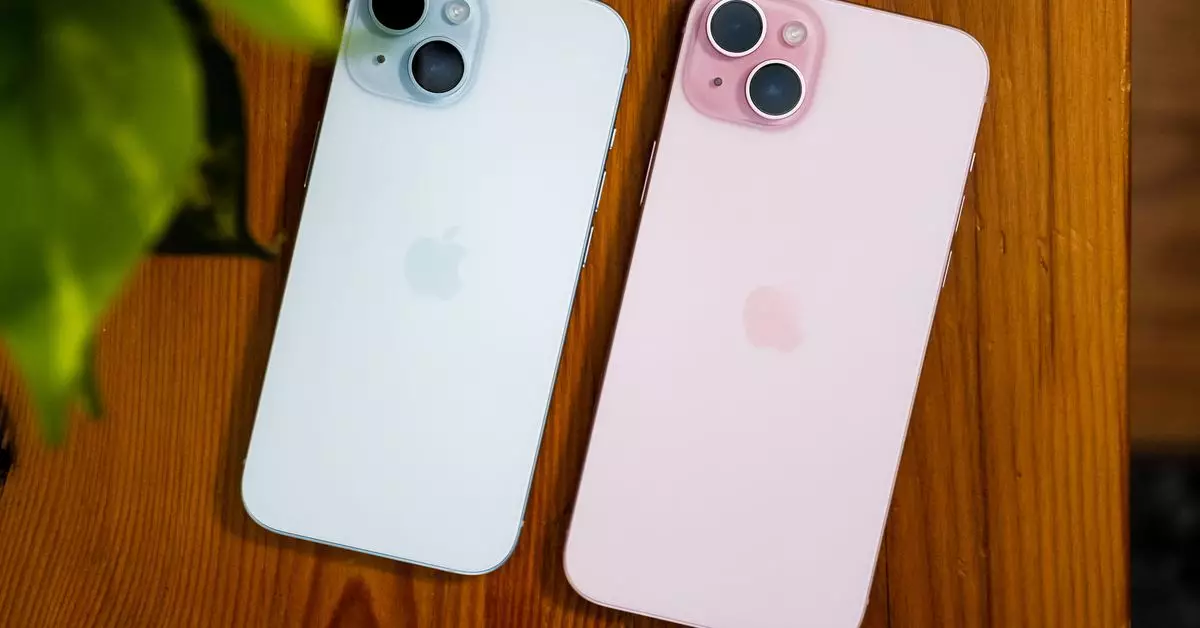In the ongoing debate surrounding the right-to-repair movement, Apple finds itself at the center of controversy once again. While the tech giant recently backed a right-to-repair bill in California, it was seen lobbying against a similar bill in Oregon. This Oregon bill aims to ban the practice of parts pairing, which companies like Apple employ to control the repair process and restrict customers from using aftermarket parts. In this article, we will delve into Apple’s arguments against parts pairing and the potential implications for consumer rights and the repair industry.
The Controversy of Parts Pairing
Parts pairing refers to the process by which manufacturers require customers to “pair” replacement parts, such as batteries and screens, using proprietary tools or software. This ensures that only authorized parts, verified by the manufacturer, can be used. Apple justifies this practice by claiming that it streamlines the repair process and maintains the security and integrity of its devices.
However, critics argue that parts pairing is a technique used by manufacturers to monopolize the repair industry and prevent customers from seeking alternatives. The Oregon bill, SB 1596, seeks to address this issue by compelling companies like Apple to provide customers and independent repair shops with the necessary documentation, tools, and parts to fix broken products.
During a hearing about Oregon’s proposed right-to-repair bill, cybersecurity expert Tarah Wheeler testified, exposing Apple’s resistance to parts pairing restrictions. John Perry, Apple’s senior manager for the secure design team, defended the company’s stance, asserting that parts pairing facilitates easier repairs while preserving device security.
Perry contended that the bill’s prohibition on parts pairing would compromise the safety, security, and privacy of Oregonians. He argued that it would force device manufacturers to allow the use of parts of unknown origin, potentially introducing risks and vulnerabilities to consumer devices. Perry emphasized that Apple has updated its parts pairing process to minimize customer inconvenience and no longer requires users to contact Apple support when installing a new part.
Apple’s insistence on parts pairing raises concerns regarding consumer rights and freedom of choice. By limiting repair options to authorized parts, the tech giant restricts customers’ ability to seek alternative, often more affordable, repair options. Critics argue that this monopolistic control inhibits competition and artificially inflates prices, ultimately harming consumers.
Moreover, the requirement for parts pairing can result in frequent notifications or alerts to users, suggesting that the installed part is not genuine. Certain features, like Face ID, may even cease to function if unauthorized parts are detected. This creates a frustrating user experience and undermines the notion of true device ownership.
The battle over right-to-repair and parts pairing extends beyond consumer rights to impact the entire repair industry. By allowing manufacturers to control the repair process, independent repair shops are effectively marginalized and limited in their ability to serve customers. The Oregon bill seeks to level the playing field by empowering independent repair providers to access the necessary tools and parts, enabling them to offer competitive services.
Additionally, the prevalence of parts pairing can create a barrier for small repair businesses, as becoming an authorized repair provider for every manufacturer becomes increasingly burdensome. This consolidation of power in the hands of manufacturers limits market competition, stifles innovation, and hampers the growth of independent repair and refurbishment sectors.
The battle between the right-to-repair movement and manufacturers like Apple continues to rage on, with parts pairing serving as a contentious issue. While Apple maintains that parts pairing is crucial for device security, critics argue that it impedes consumer rights and stifles competition in the repair industry. As legislation like Oregon’s right-to-repair bill gains traction, the outcome of this clash will have broader implications not just for Apple and Oregonians, but for the repair industry as a whole. Only time will tell whether consumer demands for greater repair freedom prevail or whether manufacturers’ control over the repair process perseveres.


Leave a Reply